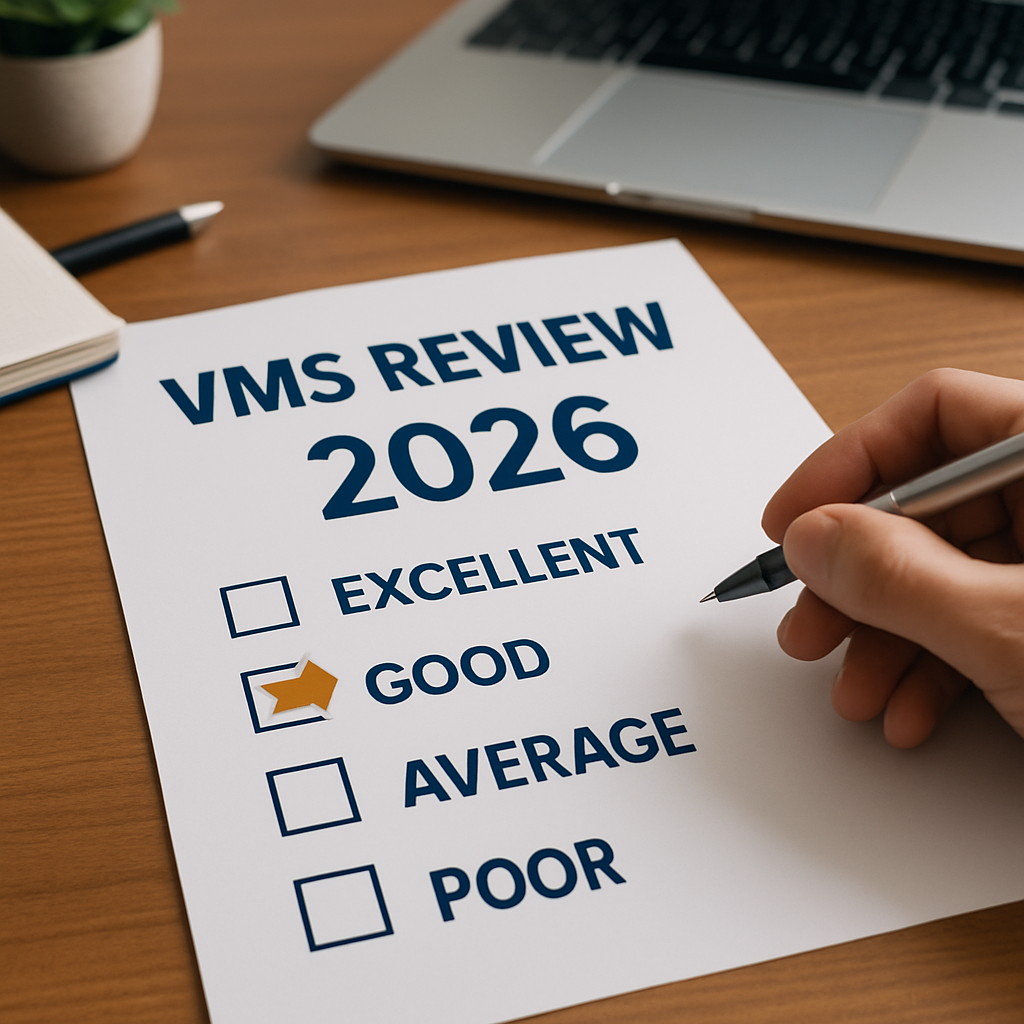Are you looking to future-proof your contingent workforce management program, and improve the ROI that your organization realizes from contingent workers? If so, you have probably heard the term VMS - or vendor management system.
A vendor management system is key to the successful implementation and ongoing management of a contingent workforce program, ensuring organizations have visibility and control over their staffing agencies and contingent workers.
In fact, according to research from Staffing Industry Analysts, between 80 and 85 percent of businesses with more than 1,000 employees use a vendor management system to source and manage their contingent workers.
But vendor management systems are not just for large businesses, with huge contingent workforce volumes. Organizations with smaller contingent workforce volumes can also realize huge improvements in ROI with the implementation of the right vendor management system.
With that in mind, in this blog we take a look at what VMS actually means, how it can benefit organizations with smaller contingent workforce volumes and how you can
What is a VMS?
VMS stands for vendor management system - a piece of technology that allows organizations to manage their entire contingent workforce program through automated processes and by recording information in one centralized system.
A vendor management system helps centralize, automate and streamline all of the processes associated with engaging staffing agencies, sourcing and managing contingent workers, as well as invoicing and billing.
In essence, a vendor management system consolidates all of your contingent workforce program into one platform - giving your business visibility and control over its program so that you have the insights you need for improved program decision making.
What are the benefits of a VMS?
The vast majority of organizations with smaller contingent workforce volumes believe they can get away with managing their contingent workforce using manual processes and time-consuming spreadsheets.
The issue is, these spreadsheets get lost across departments, information is recorded inaccurately, and there are no standardized processes for how contingent workers should be sourced, what agencies should be used and how much those agencies should be paid.
This leads to a fragmented contingent workforce program, with hiring managers and different departments going rogue in regards to what staffing agencies they use and how much they spend. There is no one team responsible for contingent workforce management, and there’s no company-wide visibility into how the overall program is performing.
A vendor management system eliminates all of those risks. Here are just some of the key benefits businesses realize through the implementation of a vendor management system.
✔️ Increased visibility:
By centralizing all contingent workforce information into one platform, your organization will gain visibility into where contingent workers are being hired, what staffing agencies are being engaged, and how much hiring managers are paying. A vendor management system helps businesses create a unified, company-wide contingent workforce strategy that gives transparency and control over
✔️ Automated processes:
Save time on labor-intensive tasks that waste countless hours for your internal HR or procurement teams. Through a vendor management system, your business is able to automate important tasks within your contingent workforce management program, such as onboarding workers, reviewing timecards and building staffing agency performance reporting metrics.
✔️ Greater control over spend:
A VMS gives your business unique insights into contingent workforce program spend. Are you underpaying or overpaying your staffing agencies, do you need to offer higher rates to contingent workers, are you paying too much for vendor markups? These are all important insights that will not only help you reduce contingent workforce costs, but also improve workforce quality.
How to Choose the right VMS for your Business
When it comes to maximizing the ROI you realize from a vendor management system, it’s important to choose a solution that works for the specific needs and requirements of your business. The key to enhancing your contingent workforce program with a VMS all comes down to choosing the right technology.
Some things to keep in mind when making your choice include:
-
The price of the VMS
-
What functionalities and features the technology has
-
Whether you have the resources to operate it seamlessly - is it easy to use or complex?
-
Will the VMS provider give support when required?
-
The implementation time of the software
Learn more about How to Choose the Right VMS
Learn more about the Benefits of a VMS and what to look for when choosing the best VMS for your organization. Download our Free VMS Buyer's Guide here:
Discover the Power of Conexis VMS
Conexis VMS is purpose-built for organizations seeking to manage their contingent labor spend effectively. Here’s why we're the right choice:
- Fast Deployment: Get up and running in weeks, not months
- Transparent Pricing: Flexible pricing with no hidden costs
- White-Label Ready: Customize the platform with your brand
- Real-Time Insights: Make faster decisions with built-in analytics
- Audit-Ready Compliance: Store contracts, worker data, and rates in one secure hub
About Conexis VMS
Conexis is an award-winning Vendor Management System built for organizations that want the power of enterprise software without the complexity or cost.
Leveraging the latest technology, Conexis delivers the expertise, reliability and security of enterprise systems, while offering the flexibility, user friendliness and tailored, personal service you require. Learn more about our Company and why organizations Choose Conexis VMS.
Looking to Switch Your VMS or Just Getting Started?
Whether you are looking to Switch your VMS, or just Getting Started, we are here to help. Contact Us for a Free No-Obligation Consultation, See how Easy Conexis is to use by taking a quick 2 minute Self-Guided Online Demo, or Book a Personal Demo Today!





